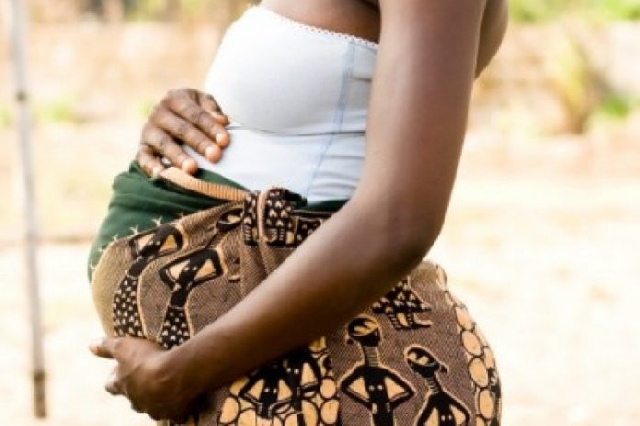Teenage pregnancy up 15.2% as Ghana misses 2022 target
 A pregnant teenager
A pregnant teenager
According to the most recent data from the Ghana Statistical Service (GSS), Ghana has missed its 2022 aim of reducing teenage pregnancy.
The government set a teenage pregnancy target of 12% for 2022 in its Health Sector Development Plan for 2022 to 2025, a significant decrease from the 14% observed in 2014.
However, according to the GSS's findings, the frequency of adolescent pregnancy rose to 15.2% in 2022.
Government Statistician Professor Samuel Kwabena Anim spoke at the 2022 Ghana Demographic and Health Survey presentation, Monday, June 5, 2023, at the Windy Lodge Hotel, Beach Site in Winneba, Central Region.
“If you go into the Health Sector Development Plan, you’ll see a target of 12.0%,” he stated, adding that: “Nationally, we are seeing 15.2% [per the] 2022 demographic and health survey. At the national [level], you see that we are off the target by 3.2% points.”
“What is more concerning is the extent to which we are off the target at the regional level. At the regional level, we identify six regions that are really off the national average which is 15.2%. This tells you that even though at the national level we are [generally] off the target, at the regional level we continue to see some regions that are deeper down off the target and this is the kind of reflection that we need to have if we really want to achieve our national target,” he noted.
“The difference between the region with the highest teenage pregnancy and the lowest is from 25.9% to 6.0%,” the government statistician informed the press.
“Then we look at the drivers,” he added. “Teenage pregnancy from the report that we’ve seen is mainly [caused] by [the lack of] education and wealth status of household[s].”
“We see significant differences between teenagers with no education having a rate of 24.3% and those with secondary or more having 12.5% as those being pregnant,” he elaborated. “And you see a difference of about twice those with no education relative to those with at least secondary education.”
Furthermore, per the 2022 Ghana Demographic and Health Survey, the Savannah area had the greatest prevalence of teenage pregnancies (25.9%), while Greater Accra had the lowest percentage (6.0%).
Ashanti (23.9%), North East (23.5%), Bono East (22.3%), Oti (21.1%), and Western North (18.9%), the other 5 regions, had rates that were greater than the national average.
Trending News

Former Akufo-Addo–appointed MMDCEs demand payment of ESB
13:12
IGP Special Operations Team arrests suspected drug peddlers in Tamale crackdown
12:57
E/R: Bee attack injures several residents in Abotanso community
13:03
Adwoa Safo defends Bawumia, urges NPP delegates to reject blame over economy
11:50
Ex-footballer says he was wrongfully jailed after ‘hook-up’ encounter; claims police freed key suspect after allegedly taking bribe
12:38
Gov't to introduce awards scheme for cleanest regions, districts: President Mahama announces
13:47
Ghana chamber of mines urges government to pause mining royalty reforms
12:50
Ghana Library Authority begins review of 55-year-old law establishing it
12:42
HIV cases rise in Volta Region amid poor condom use among youth
13:15
NDC Legal Director expresses concern over confusion surrounding Daddy Lumba’s funeral
12:20



